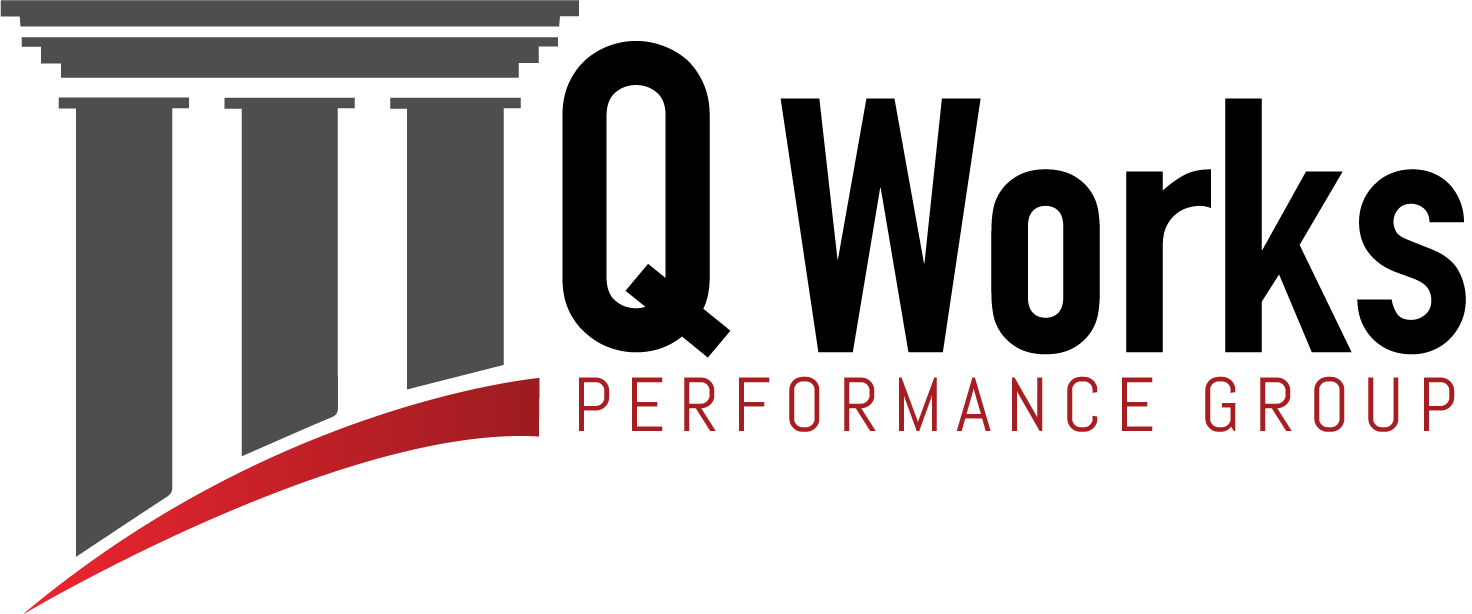Playing to your Transferable Skills
Katie Trippe | 04/12/2016
In our last post we discussed how employers can utilize transferable skill sets to consider candidates outside the initial pool of talent. Everyone should have the opportunity and benefit to be considered for a role that may be outside of their current industry segment or specified career track. So how do you communicate in your resume the beneficial skills you bring to the table?
1. Take a hard look at the role you are applying for.
Dissect the position description. Investigate the company. Try to understand what they are doing and where they are going. Look for recent news about the organization. Once you have taken the time to delve into all of those areas you will begin to understand how the position fits into the bigger picture of the company. This will allow you to address potential areas of pain or need that may not be spelled out in a position description. Any time you have solved a similar problem or experienced a similar situation, should be highlighted on your resume or cover letter.
2. Talk about your transferable skills in more detail.
Don’t just say “worked as part of a cross-functional team” or “led a continuous improvement event”. Give details: what was your role, what cross-functional people were part of the team, what did you accomplish and what did you learn? All of this information is beneficial in understanding how those transferable skills could relate to a new role. Have you interacted with customers, suppliers or sales reps? Describe the types of interactions, market segments and responsibilities. You don’t have to write an essay to get your point across, just don’t sell yourself short. Any time you use the words cross-functional, leadership, project management, organized, or negotiated there should be specific examples of those actions and the results you achieved.
3. Customize your resume!!!!!
If you send out your resume with a generic objective or a broad range of experience it is even harder to identify what type of role would be a good fit. Tailor your resume to each and every position you are applying for. Now you may be saying to yourself “I have applied to 150 positions, am I supposed to change my resume for each one?” Refer to point one. If you have done your research and carefully considered the role and the company, you are probably not applying to that many roles. The shotgun approach is not very effective. You want to find a role that is a fit for you as much as a company wants to find an employee who is a fit for them. Take your time and make your application a quality one.
4. Believe in yourself.
We know that finding the right next step in your career can be challenging but your passion, drive and determination will inspire the same from a potential employer. The worst possible thing you can do is believe that you don’t add value to an organization and each person’s value is different. If an opportunity that you like doesn’t come together, try not to take it personally. It is more than likely a misalignment in your skill set and what the company is looking for. Take it as a sign that it wasn’t right because the worst thing that could happen is you start a new job and find that your employer doesn’t value what you bring to the table.
Good luck in your search for the best possible fit for your skills!
Written By: Katie Trippe, Executive Recruiter Q Works Group

